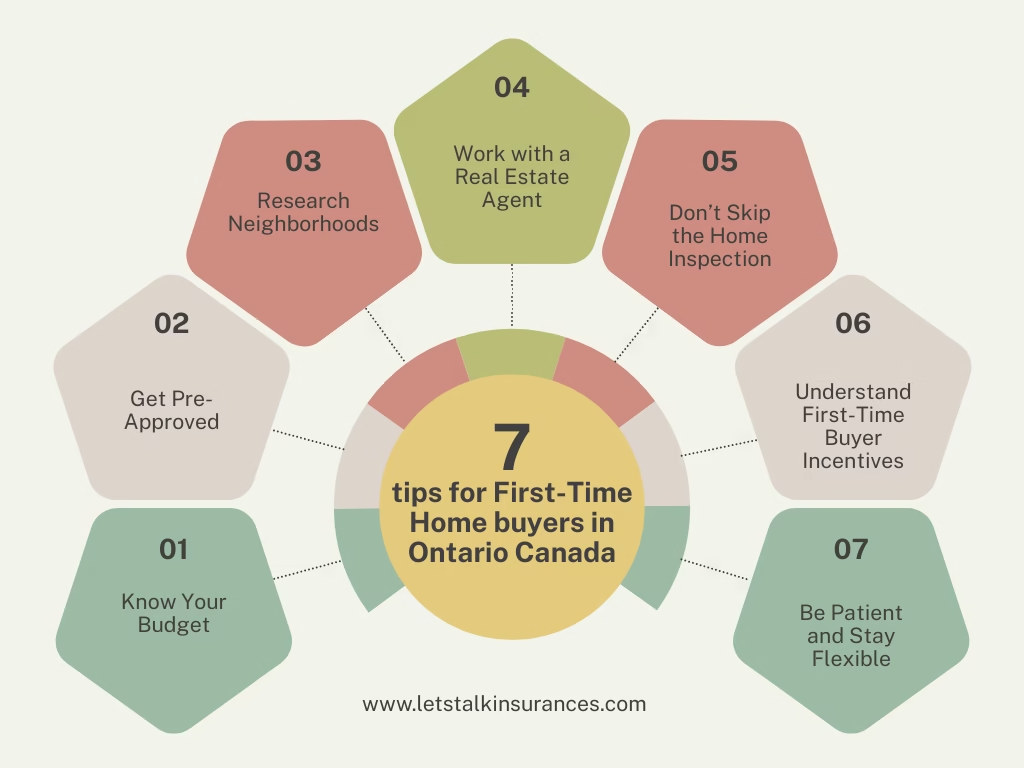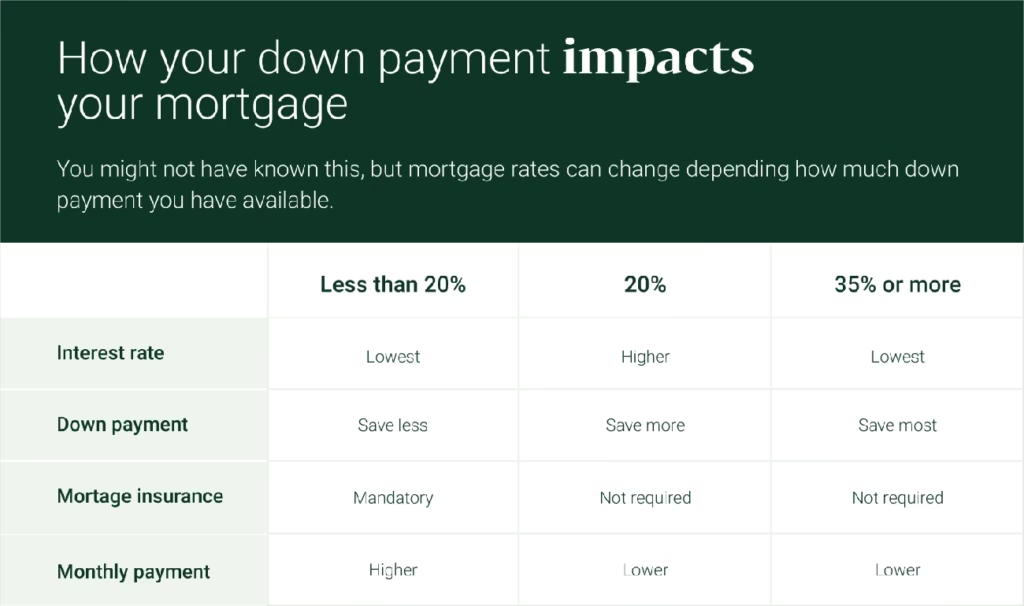First-time home buyers in Canada can access up to $120,000 tax-free from their RRSPs through the first-time home buyers incentive.
The Home Buyers' Plan lets couples withdraw up to $60,000 each without tax penalties, but this is just one program that helps Canadians buy homes. The First Home Savings Account allows $8,000 in annual tax-deductible contributions with a $40,000 lifetime limit. You can also get a $1,500 rebate through a $10,000 non-refundable First-Time Home Buyer Tax Credit.
Rising housing costs across Canada make these first-time home buyer grants crucial steps toward homeownership. Financial experts suggest keeping monthly housing costs under 39% of your gross income - a target that's harder to reach without government support programs.
This guide breaks down every first-time home buyer benefit in Canada, from federal programs to provincial grants. We'll show you exactly what to do to make the most of your first-time buyer advantages, whether you're saving up or ready to buy.
What Are First-Time Home Buyer Grants and Incentives?

First-time home buyer programs help reduce the financial stress of buying your first property. These programs come in many shapes and sizes. You need to know how each option works to get the most value.
Difference between grants, credits, and shared equity
The government helps home buyers in three main ways:
- Grants and rebates: Money you get that you usually don't have to pay back
- Tax credits: Money off your taxes, like the First-Time Home Buyer's Tax Credit, worth about $1,500
- Shared equity programs: The government buys a stake in your home and shares any change in its value
The First-Time Home Buyer Incentive gives you 5-10% of your home's purchase price to help with the down payment. You don't pay extra on your monthly mortgage, but you must pay it back when you sell or after 25 years.
Why these programs exist
House prices keep going up all over Canada. This makes it tough for first-time buyers to get into the market.
These programs have a simple goal - they help Canadians buy homes faster. Take the First-Time Home Buyer Incentive as an example. It cuts overall mortgage costs by boosting your down payment. Your monthly payments become easier to handle without adding extra debt.
Overview of federal vs. provincial support
Canadian government programs are available to everyone nationwide:
- Home Buyers' Plan (HBP) - lets you take up to $48,767 from RRSPs
- First Home Savings Account (FHSA) - allows tax-free savings up to $8,000 each year
- Home Buyers' Tax Credit - gives about $2,090 in tax savings
Each province also runs its own programs. British Columbia, Ontario, and Prince Edward Island give land transfer tax rebates to qualified first-time buyers. Quebec has its own Home Buyers' Tax Credit, and Alberta runs the PEAK Housing Initiatives Program.
Provincial programs focus on local housing markets and regional needs. This creates a layered support system that helps new homeowners in different ways.
Step-by-Step Guide to Federal Programs

Canada has four powerful federal programs that help you buy your first home. Let's look at how you can make the most of each one:
Step 1: Use the Home Buyers’ Plan (HBP)
The HBP lets you borrow from your future self by taking up to $83,601.61 from your RRSP tax-free to fund your home purchase. This higher withdrawal limit works for withdrawals made after April 16, 2024. Couples can access up to $167,203.22 together.
You qualify if you:
- Are a first-time home buyer
- Have a written agreement to buy or build
- Plan to live in the home as your main residence within one year
You need to pay back the borrowed amount to your RRSP over 15 years. The first repayment starts within five years for withdrawals between January 2022 and December 2025.
Step 2: Open a First Home Savings Account (FHSA)
The FHSA gives you the best features of RRSPs and TFSAs. You can put in $11,146.88 each year up to a lifetime total of $55,734.41. These contributions reduce your taxes, and you won't pay any tax when you withdraw the money to buy a home.
Your unused contribution room moves forward to next year. You can keep your account open for 15 years or until you turn 71, whichever comes first.
Step 3: Claim the Home Buyers’ Tax Credit
Once you buy your home, you can claim the Home Buyers' Tax Credit worth $13,933.60 on your tax return. This non-refundable credit gives you about $2,090.04 in tax savings.
You qualify if you:
- Buy a qualifying home in Canada
- Haven't lived in another home you owned in the current or previous four years
Step 4: Apply for the GST/HST New Housing Rebate
You can get back some of the GST/HST paid on a new or renovated home. The rebate maxes out at $8,778.17 for homes valued under $487,676.07.
Your home must be:
- Located in Canada
- Your main residence
- Either newly built or extensively renovated
Remember to submit your application within two years of the completion date.
Explore Additional Support in Your Province
Canadian provinces complement federal initiatives with their own specialized programs that help reduce home buying costs.
How to check for local programs
Your provincial government's housing ministry website serves as the first stop to find local incentives. Local municipal websites list city-specific programs you might miss on provincial portals. A local mortgage broker can help you uncover hidden opportunities since they stay up-to-date with available programs.
Examples from Ontario, BC, and PEI
British Columbia helps first-time buyers through its First-Time Home Buyers' Program. The program eliminates property transfer tax on the first $696,680.10 of your purchase price for homes valued under $1,163,455.77. The BC Home Owner Grant cuts annual property taxes by up to $1,072.89. The BC's Newly Built Home Exemption eliminates transfer tax on new constructions up to $1,532,696.22.
Ontario gives buyers a Land Transfer Tax Refund up to $5,573.44. Residents can access region-specific assistance programs with different benefits throughout the province.
Prince Edward Island supports buyers through its Down Payment Assistance Program (DPAP). The program offers conditionally interest-free loans up to 5% of purchase price (maximum $24,383.80). First-time buyers save the standard 1% fee through PEI's Real Property Transfer Tax Exemption.
City-level incentives and rebates
Local municipalities run their own support programs. The Region of Waterloo, to cite an instance, provides a 5% down payment loan for homes up to $836,016.12 for households earning less than $151,876.26. Simcoe County gives 10% down payment assistance (maximum $69,668.01). Kingston offers 10% forgivable loans for homes under $696,680.10.
Muskoka's program stands out with its 10% down payment assistance (up to $97,535.21) for homes under $1,012,415.52. Chatham-Kent provides a 20-year interest-free loan covering 10% of purchase price up to $34,834.01.
Program eligibility and funding change often. The best approach is to check program websites since many operate on a first-come, first-served basis.
Planning Ahead: What to Do Before You Apply

Getting ready properly makes a significant difference when you apply for any first-time home buyer program. These basic steps will boost your approval chances and help you get the most from available benefits.
Check your eligibility and credit score
Your creditworthiness needs verification before you pursue first-time home buyer grants. Most conventional mortgages need a minimum credit score of 620 for approval. Alternative programs with more flexible requirements might still work if your score is lower.
Your credit score affects your approval odds and determines the interest rates and terms lenders will offer. Lenders look at this three-digit number to evaluate how reliable you are as a borrower. Getting a copy of your credit report before house hunting helps you fix any errors or problems.
Estimate your down payment and closing costs
Your purchase price determines the minimum down payment in Canada:
- 5% for homes under $696,680.10
- 5% of first $696,680.10 plus 10% of remaining amount for homes between $696,680.10 and $2,090,038.91
- 20% for homes valued at $2,090,040.30 or higher
You should set aside 3-4% of your home's purchase price for closing costs. These costs include land transfer tax, legal fees ($1,532.70-$2,508.05), home inspection ($696.68), appraisal ($418.01-$836.02), title insurance, and various registration fees.
A separate account for these expenses helps you track funds for closing and moving costs. Detailed estimates from professionals you'll work with should be in hand before making any offer.
Get pre-approved for a mortgage
A mortgage pre-approval shows you how much house you can afford and makes your offer stronger with sellers. Lenders will look at:
- Your assets and income
- Employment history
- Current debt obligations
- Credit history
Your pre-approval meeting requires identification, employment information, income verification, statements for existing debts, and documentation of assets. The pre-approval process ends with a commitment that specifies your maximum mortgage amount and interest rate, usually valid for 60-120 days.
The pre-approved amount shows your maximum limit—staying below this number gives you more financial flexibility.
Key Takeaways: First-Time Home Buyer Incentives in Canada
The path to homeownership becomes easier when you know about all the available incentives. First-time buyers can access substantial financial support through various programs. Couples can withdraw up to $167,203.22 tax-free from the expanded Home Buyers' Plan. The First Home Savings Account offers tax advantages on contributions up to $55,734.41. On top of that, the Home Buyers' Tax Credit and GST/HST rebates help during this major financial milestone.
Your costs can drop even more when you combine federal programs with provincial incentives. British Columbia, Ontario, and Prince Edward Island provide unique benefits based on their housing markets. Many cities offer specific assistance programs that can lower your original investment by a lot.
Good preparation paves the way to success. You'll have better chances of approval if you check your credit score, estimate all costs, and get mortgage pre-approval first. These simple steps often determine whether you get approved or not.
First-time home buyer grants and incentives help you become a homeowner sooner. Take time to find the right combination of programs for your needs. We can help create a custom solution that fits your financial situation as you begin this exciting experience of buying your first home.
The Canadian housing market has its challenges. But with knowledge of assistance programs, you can make your dream of homeownership a reality. Start planning today, use every incentive you qualify for, and soon you'll open the door to your own home.
